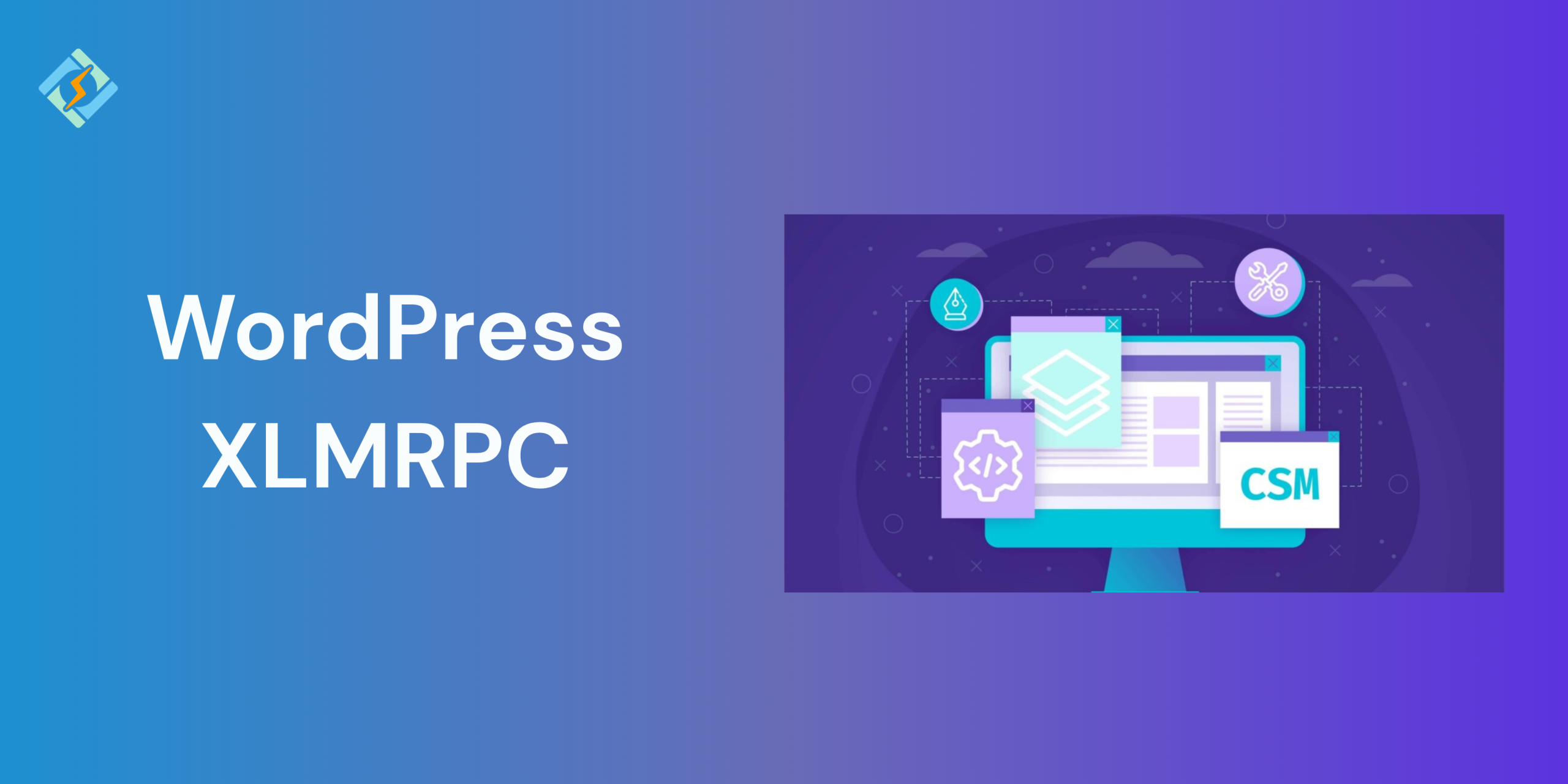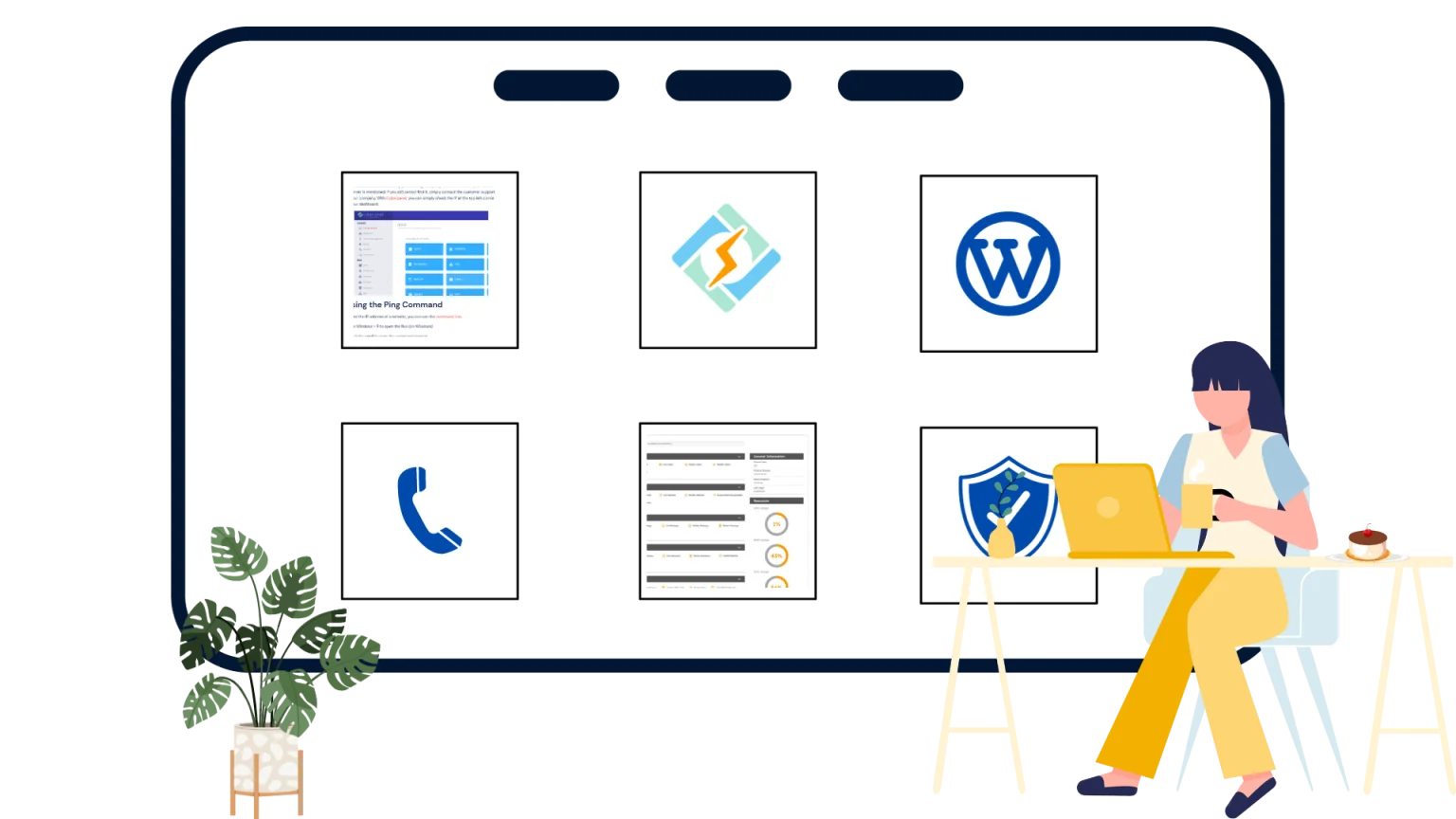WordPress XMLRPC is one of the core features of the platform that enables external applications to interact with the site. While it does play an essential role in enabling remote publishing, mobile app access, and other integrations, it also comes with a serious security concern if left unprotected.
In this guide, we will walk through what xmlrpc.php does, why it’s still used, the common threats it introduces, and how you can secure or disable it safely—without breaking your site’s functionality.
What Is xmlrpc.php in WordPress?
xmlrpc.php is a core WordPress file that enables remote communication between your WordPress site and external applications using the XMLRPC protocol. It acts as an API endpoint that allows systems to send commands to WordPress over HTTP via XML-formatted requests.
This feature dates back to the early days of WordPress, before the REST API was introduced. It enables functions like remote publishing, app integrations, and more—without needing direct access to the site.
Why WordPress Uses XMLRPC
WordPress generally uses the XML-PRC to allow the external tools and services to interact with your site in a programmatic manner. It performs the actions, such as:
- Publishing or editing posts remotely
- Managing comments
- Uploading media
- Accessing site data via mobile apps or desktop clients
WordPress XMLRPC was mainly essential before the WordPress REST API existed. Even in the modern day environments, some apps and plugins continue to rely on it for legacy compatibility.
Get exclusive access to all things tech-savvy, and be the first to receive
the latest updates directly in your inbox.
Related Article: Wix Vs WordPress: Which Site Builder Is Better In 2025
Common Use Cases for XML-RPC
Even though WordPress XML-RPC is used less now, it is still used in scenarios like:
- The mobile app uses the XML-RPC to connect with your site and allow remote publishing, comment moderation, and post editing.
- Jetpack uses the XML-RPC to establish a secure connection between the site and WordPress.
- Blogging software like the Windows Live Writer or external scripts can post content via the XML-RPC.
- Some services might need the WordPress XML-RPC for site automation, data sync, or custom workflows.
Security Risks and WordPress XMLRPC Attacks
While the xmlrpc.php is super convenient, it does open the door to several security vulnerabilities if not properly secured. Some common requests could be like:
- Hackers can use the system.multicall method to attempt with different username-password combinations in a single request.
- Attackers can easily abuse the XML-RPC to send notifications and pingbacks and overwhelm the server with traffic.
- Misconfigurations can leak sensitive data such as usernames or plugin activities.
- Automated bots scan for and exploit xmlrpc.php on vulnerable WordPress sites.
How to Detect xmlrpc.php Attacks
To determine if your site is under the attack or being probed via xmlrpc.php, you can look for the following signs:
- Check the access logs to see if there are any repeated requests to /xmlrpc.php — especially with the system.multicall method.
- DDoS or brute-force attempts using the XML-RPC can cause a performance degradation or server crashes.
- Some plugins like Wordfence or Sucuri can detect the XML-RPC related attack patterns and log attempts.
- Multiple failed login attempts without any hits to the wp-login.php may indicate XML-RPC brute-force activity.
How to Block xmlrpc.php Requests
If your site does not depend on the WordPress XMLRPC for functionality, it is generally a good idea to block it completely. Here are a few methods that you can follow:
- Using .htaccess (Apache servers)
<Files xmlrpc.php>
Order Deny,Allow
Deny from all
</Files>
- Using Nginx
location = /xmlrpc.php {

deny all;
}
- With a Security Plugin
Plugins like Wordfence, iThemes Security, or All-in-One WP Security allow you to disable or block XML-RPC with one click.
Disabling WordPress XMLRPC Safely
Before you disable the xmlrpc.php, ensure that the website or any of the connected apps are not using it. If you disable without checking for connections, it could break:
- The connected mobile app
- Jetpack plugin features
- Remote publishing tools
- Certain third-party integrations
How to Disable XML-RPC Safely:
- Always use a plugin, such as “Disable XML-RPC” or “Stop XML-RPC Attack”. These plugins will disable the XML-RPC functionality without affecting the WordPress website.
- Add a filter to functions.php using the command:
add_filter(‘xmlrpc_enabled’, ‘__return_false’); - Block the entire file, if the service is no longer needed via .htaccess, Nginx, or Cloudflare.
Alternatives to WordPress XMLRPC
The WordPress REST API is one of the most recent and secure alternatives to the XML-RPC. It uses JSON over HTTP and is backed by all of the current plugins and integrations.
| Feature / Protocol | XML-RPC | REST API |
| Protocol | XML over HTTP | JSON over HTTP |
| Introduced In | WordPress 1.5 | WordPress 4.4 |
| Format | Verbose XML | Lightweight JSON |
| Security | Basic Authentication | Token-based, OAuth, Application Passwords |
| Performance | Slower due to XML formatting | Faster and more efficient |
| Modern Plugin Support | Limited | Widely adopted |
| Extensibility | Limited | Highly extensible and developer-friendly |
| Recommended For New Projects | No | Yes |
Conclusion: Should You Disable WordPress XML-RPC?
The XML-RPC was once one of the most essential files to enable remote access, however, more modern alternatives now exist. You should ideally keep it disabled to avoid any losses. However, keep it enabled if you rely highly on mobile publishing, Jetpack, or integrations that use XML-RPC.
FAQs
Is it safe to disable XML-RPC in WordPress?
Yes, it’s safe to disable XML-RPC if your site or plugins don’t depend on it. Many users disable it to reduce the risk of brute force and DDoS attacks.
What are the risks of leaving XML-RPC enabled?
Leaving XML-RPC enabled can expose your site to brute-force login attempts, DDoS attacks, and automated bot exploitation if not properly secured.
What’s the difference between XML-RPC and REST API in WordPress?
XML-RPC uses XML and is older, while REST API is modern, JSON-based, and more secure. REST API is the recommended method for programmatic access today.



